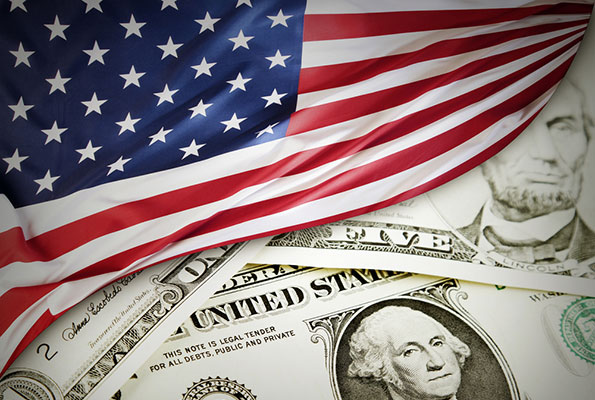The US Department of Commerce has recently reported that the world’s largest economy expanded by 2.9% in 2022.
According to the department data, rising consumer, business, and government spending were the main drivers of the gain. In the US, consumer spending increased by 2.1% over the same period last year. Even when inflation started to decline, spending remained robust. A tight labour market persisted throughout the US.
GDP increased by 2.1% overall for 2022 compared to 2021. That growth rate is consistent with the 1.5% to 2.9% annual growth that the US economy experienced in the decade that followed the Great Recession.
According to Justin Wolfers, an economist at the University of Michigan, “the economy is gloriously, splendidly, boring at this stage of the post-pandemic recovery.”
Despite threats like inflation, recession and rising interest rates continuing to dominate the global economy, along with the supply chain disruption due to the Ukraine war, the US economy kept on growing.
How well the US economy does in 2023 will depend significantly on the consumers spending behaviour in the next few months.
Even though the economy expanded in 2022, the fourth quarter saw a modest decline from the third quarter’s 3.2% growth. In addition, the latter two months of 2022 saw a decrease in retail sales. To control inflation, the US Federal Reserve said it would keep on raising interest rates, which might further slow economic development.
Economists say the US economy grew by less than 1% in the first two quarters of 2022. This is confusing and can point to some economic uncertainty.
The Washington Post was informed by Liz Ann Sonders, chief investment strategist at Charles Schwab, that “we are in a period where the pain is hitting pockets of the economy at different times.”
The preliminary GDP statistics will likely be updated in February, 2023.
The Joe Biden government has also reported about US job openings rising to 11 million in December 2022, up from 10.44 million in November and the highest since July that year. For 18 straight months, employers have posted at least 10 million openings, a level never reached before 2021 in Labor Department data going back to 2000.
The number of openings in December 2022 meant that there were about two vacancies for every unemployed American.
Within the monthly jobs data, there is some evidence of slowing wage growth, another of the Fed’s goals. Average hourly pay growth in December eased to its slowest pace in 16 months, which could reduce pressure on employers to raise prices to offset their higher labour costs.
US applications for jobless aid also fall to their lowest level in January 2023, thus providing further evidence that the job market has withstood aggressive rate hikes by the Federal Reserve as it attempts to cool the economy and bring down inflation.
Applications for jobless aid in the United States for the week ending January 28, 2023 fell by 3,000 to 183,000, from 186,000, the US Department of Labor reported recently. It was the third straight week that claims were under 200,000 and the third straight weekly decline.
Jobless claims generally serve as a proxy for layoffs, which have been relatively low since the COVID pandemic wiped out millions of jobs in the spring of 2020.
The four-week moving average of claims, which flattens out some of the week-to-week volatility, has declined by 5,750 to 191,750.



